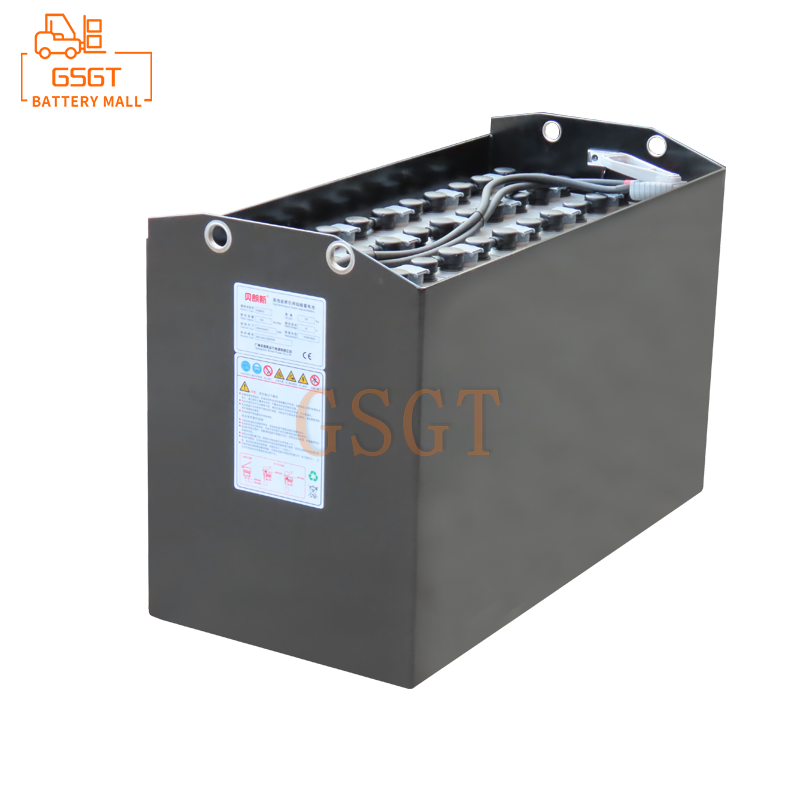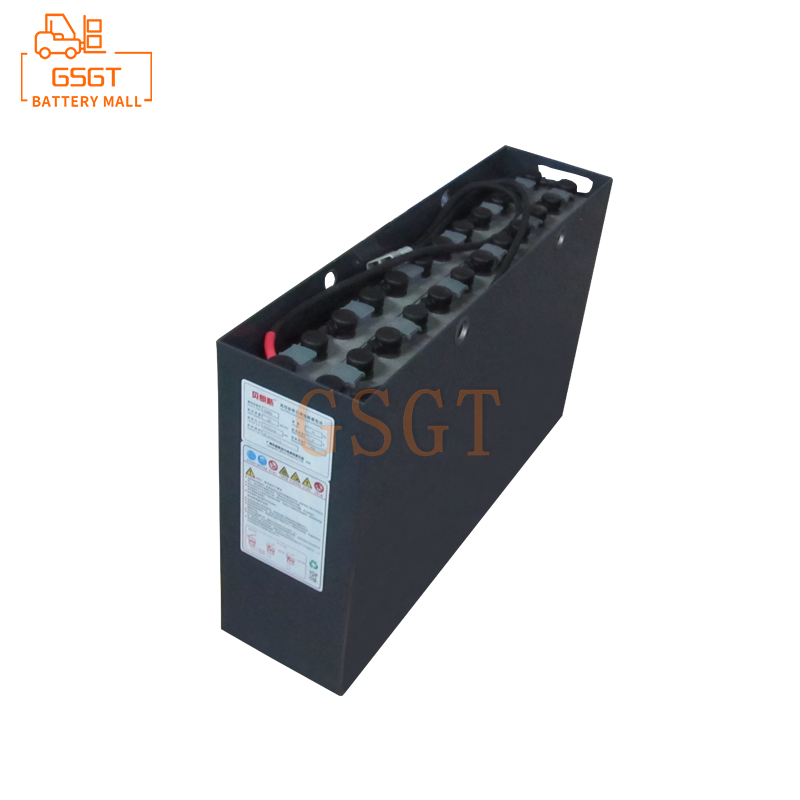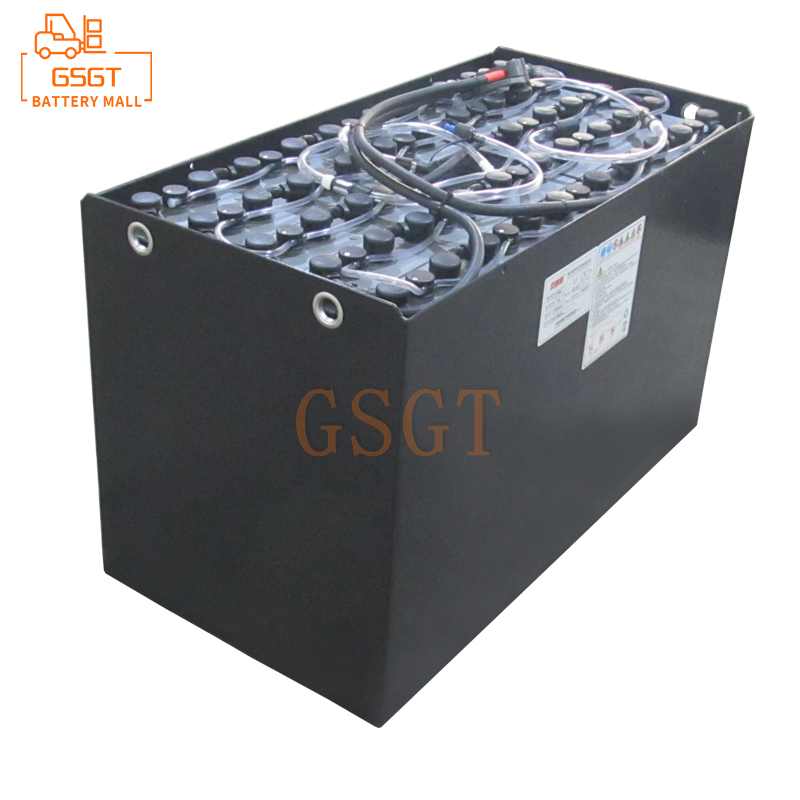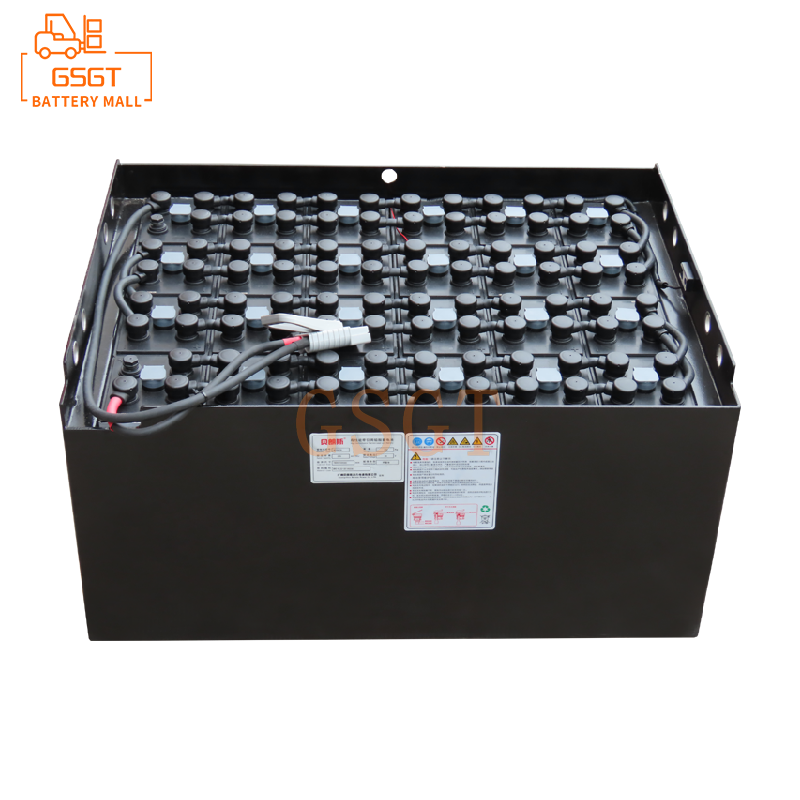Time:2025-06-10 10:29:31
Browse:603
Introduction
Lead-acid batteries, as a widely used chemical power source, occupy an important position in many fields such as automotive starting, electric vehicle power, and backup power supply due to their advantages of low cost, mature technology, and good high-rate discharge performance. However, the low-temperature environment has become the key factor restricting its performance. When the ambient temperature drops, the electrochemical reaction rate inside lead-acid batteries significantly slows down, the ion migration of the electrolyte is blocked, and the internal resistance increases, leading to problems such as reduced battery capacity, decreased charging efficiency, and shortened cycle life, which greatly affects the normal operation of related equipment and systems. Therefore, in-depth research on the activation and insulation strategies of lead-acid batteries in low-temperature environments is of crucial practical significance for improving their performance, expanding their application scope, and reducing usage costs.
The influence of low temperature on lead-acid batteries
Capacity decline
At low temperatures, the viscosity of the electrolyte increases and the diffusion rate of ions slows down, which hinders the material transfer process between the electrode and the electrolyte, resulting in a significant reduction in the actual discharge capacity of the battery. Research data indicates that when the temperature drops from 25℃ to 0℃, the capacity of lead-acid batteries may decrease by 20% to 30%. If the temperature drops further to -20 ℃, the capacity may even drop to 50% - 60% of that at room temperature. Take the lead-acid battery equipped on a certain model of electric forklift as an example. Under normal temperature conditions, a single charge can meet the demand for continuous operation of the forklift for 8 hours. However, in the low-temperature environment of winter, the working time is shortened to 4-5 hours, which seriously affects the operational efficiency of the forklift.
Difficulty in charging
On the one hand, low temperature intensifies the concentration polarization phenomenon of batteries, increasing the reaction resistance on the electrode surface during charging and reducing the charging acceptance capacity. On the other hand, the solubility of lead sulfate in the electrolyte decreases as the temperature drops. During the charging process, lead sulfate is difficult to be rapidly converted into active substances, resulting in a slower charging speed and a higher risk of insufficient charging. Actual tests show that in a low-temperature environment of -15 ℃, the time required to charge lead-acid batteries is approximately 50% longer than that at normal temperature, and the battery's state of charge at the end of charging is difficult to reach the ideal level.
Increase in internal resistance
Low temperature leads to a decrease in the electrical conductivity of the electrolyte and a reduction in the activity of electrode materials. These two factors result in a significant increase in the internal resistance of the battery. The increase in internal resistance not only generates more heat loss during the battery charging and discharging process, reducing the energy conversion efficiency, but also causes the terminal voltage of the battery to drop, affecting the normal start-up and operation of the equipment. For instance, during the car startup process, the increase in the internal resistance of the lead-acid battery in a low-temperature environment may lead to insufficient starting current, making it difficult for the engine to start smoothly and resulting in starting difficulties or even failure to start.
Shortened cycle life
Under low-temperature conditions, the chemical reactions inside the battery are unbalanced, and the negative plate is more prone to sulfation. The resulting lead sulfate crystals are large in size and difficult to be completely converted into lead during subsequent charging processes. They gradually accumulate, causing the active material on the plates to fall off, thereby accelerating the aging of the battery and shortening its cycle life. Relevant studies show that the cycle life of lead-acid batteries used for a long time in low-temperature environments can be shortened by 30% to 50% compared with those in normal temperature environments.
Activation strategies for lead-acid batteries
Pulse charging activation
Pulse charging, by intermittently applying high-voltage pulses to the battery, can effectively break the concentration polarization on the electrode surface, promote the chemical reaction of active substances, re-dissolve lead sulfate crystals and participate in the electrochemical reaction, thereby restoring the activity of the battery plates. In practical applications, for lead-acid batteries with capacity decline due to low temperatures, pulse chargers with specific parameters are adopted for charging and activation treatment. After multiple pulse charging cycles, the battery capacity can be significantly enhanced and can be restored to about 80% to 90% of its capacity at room temperature.
Activation of chemical additives
Adding an appropriate amount of chemical additives, such as stannous sulfate and phosphoric acid, to the electrolyte can change the electrochemical properties of the electrode surface, inhibit the formation of sulfation on the negative plate, and at the same time enhance the conductivity and reactivity of the active substances. Taking a certain brand of lead-acid battery repair additive as an example, it was added to the battery electrolyte where the performance declined at low temperatures in accordance with the prescribed proportion. After a period of charge and discharge cycles, the battery's charge acceptance capacity was significantly improved, the internal resistance was reduced, and the capacity recovery effect was good. However, when using chemical additives, the addition amount must be strictly controlled; otherwise, it may have a negative impact on the battery.
Deep charging and deep discharging activation
Deep discharge of lead-acid batteries to a voltage close to the terminal voltage, followed by deep charging, enables the active substances on the plates to fully participate in the reaction, breaking the reaction stagnation state caused by low temperature, and thus achieving the purpose of activating the battery. However, the deep charging and discharging process causes significant damage to the battery, so it needs to be operated with caution and should not be carried out frequently. It is generally recommended that when the battery experiences a significant performance decline and other activation methods are ineffective, 1-2 deep charge and deep discharge cycles be attempted. For instance, after deep charging and deep discharging activation of a group of lead-acid batteries for electric vehicles whose performance severely declined at low temperatures, their driving range increased by approximately 15% to 20% compared to before.
Insulation strategies for lead-acid batteries
Wrapped with physical insulation materials
Wrapping lead-acid batteries with physical insulation materials with good heat insulation performance, such as polystyrene foam boards and polyurethane insulation cotton, can effectively reduce the heat exchange between the battery and the external low-temperature environment, maintaining a relatively stable internal temperature of the battery. In practical applications, for lead-acid battery packs used outdoors, polystyrene foam boards with a thickness of 2-5 cm can be cut to appropriate sizes, tightly wrapped around the battery casing, and fixed with tape. After testing, in a low-temperature environment of -10 ℃, adopting this insulation method can increase the internal temperature of the battery by 3-5 ℃ compared to when it is not insulated, significantly improving the performance of the battery.
Auxiliary heating device
Install heating devices such as heating plates or heating wires inside or outside the battery, and generate heat through an external power supply to provide additional temperature compensation for the battery. The heating device can be used in conjunction with the temperature control system. When the battery temperature is lower than the set threshold, it will automatically start heating. Stop heating when the temperature reaches the appropriate range. For instance, in the backup power supply systems of communication base stations in some cold regions, dedicated heating plates are equipped for lead-acid batteries and precisely controlled through intelligent temperature control modules. Actual operation data shows that after adopting this heating and insulation method, the charging and discharging performance of the battery in low-temperature environments has been effectively guaranteed, and the power supply reliability of communication base stations has been significantly improved.
Optimize the installation environment
Installing lead-acid batteries in Spaces with good insulation performance, such as indoors, battery boxes with insulation layers or underground battery rooms, can reduce the impact of low environmental temperatures on the batteries. For indoor installation, it is necessary to ensure that the indoor temperature is maintained within an appropriate range and that there is good ventilation to prevent the accumulation of hydrogen gas produced during battery charging. When used outdoors, an integrated battery box with functions of heat preservation, waterproofing and dustproofing can be selected, and the battery can be installed inside. For instance, in an electric vehicle charging station in a certain northern area, outdoor battery boxes with insulation layers and temperature control systems have been adopted, providing a stable working environment for the lead-acid batteries within the station and effectively enhancing the battery's service life and charging efficiency.
Conclusion
Low-temperature environments have multiple adverse effects on the performance of lead-acid batteries, severely restricting their wide application in cold regions. By adopting activation strategies such as pulse charging, chemical additives, deep charging and deep discharging, as well as insulation strategies such as wrapping with physical insulation materials, assisting with heating devices, and optimizing the installation environment, the performance of lead-acid batteries in low-temperature environments can be effectively improved, and key indicators such as capacity, charging efficiency, and cycle life can be enhanced. In practical applications, based on specific usage scenarios and requirements, the advantages and disadvantages of various activation and insulation strategies should be comprehensively considered to select the appropriate method or combination scheme, so as to achieve stable and efficient operation of lead-acid batteries in low-temperature environments, reduce usage costs, and promote the sustainable development of related industries. Meanwhile, with the continuous advancement of technology, in the future, it is necessary to further explore and develop more advanced, efficient and economical low-temperature adaptability technologies for lead-acid batteries, providing strong support for their application in a wider range of fields.

$2450

$1060

$3050

$5710

MESSAGE
Professional And Efficient
Security
Affordable Price
Professional Services